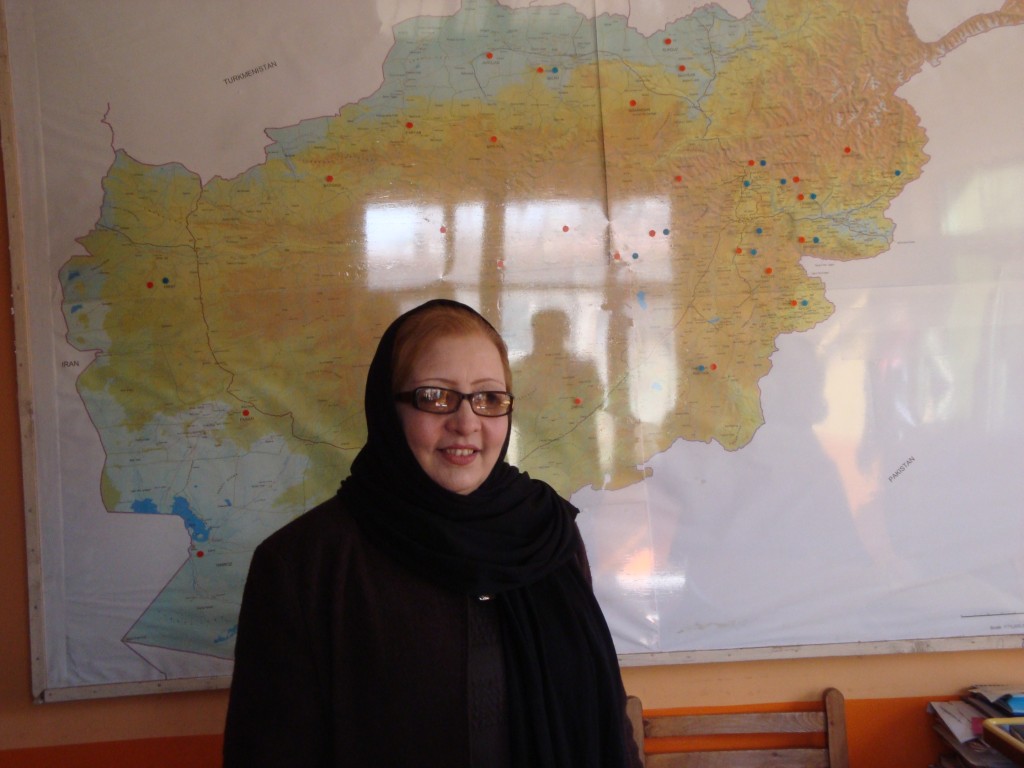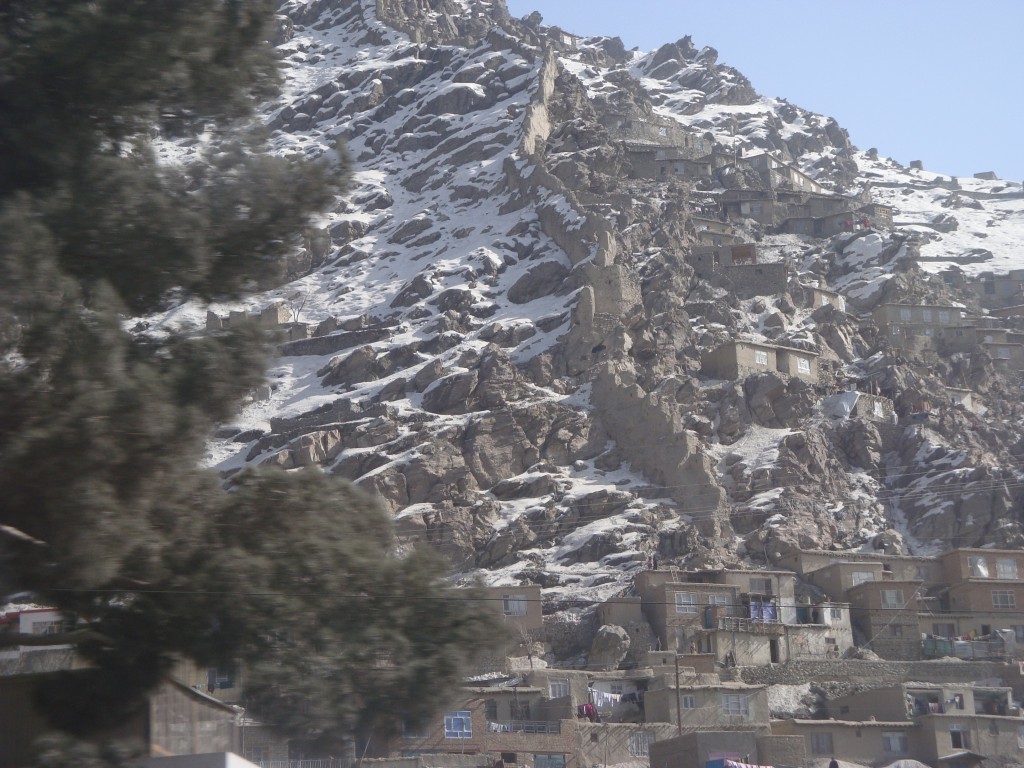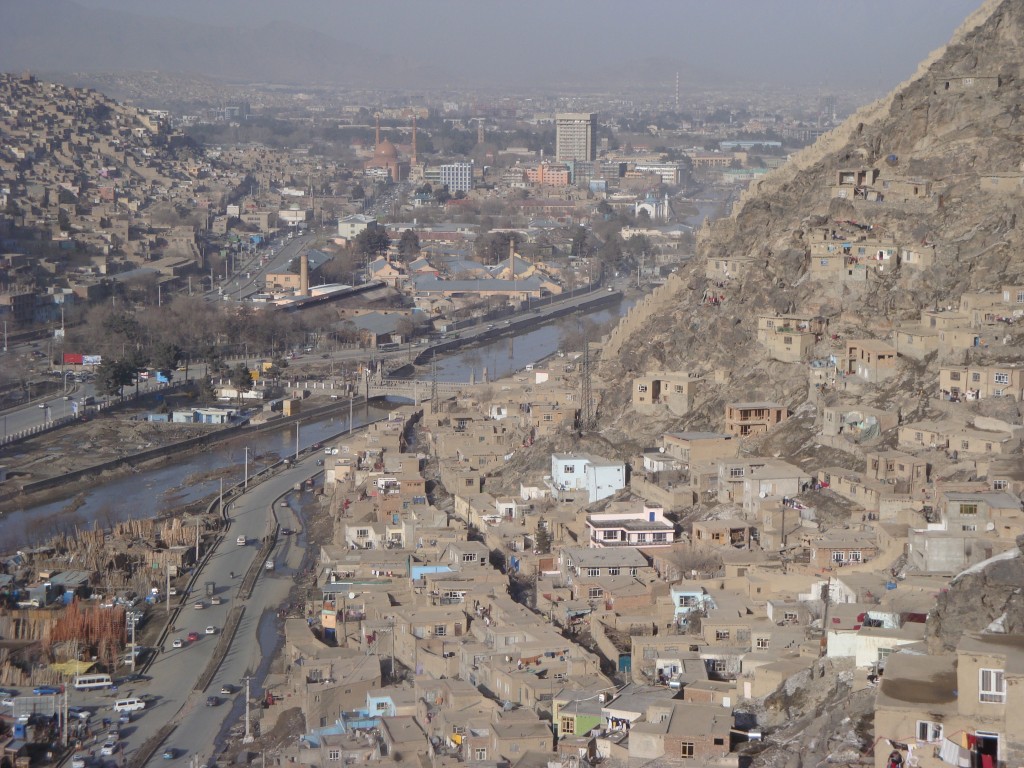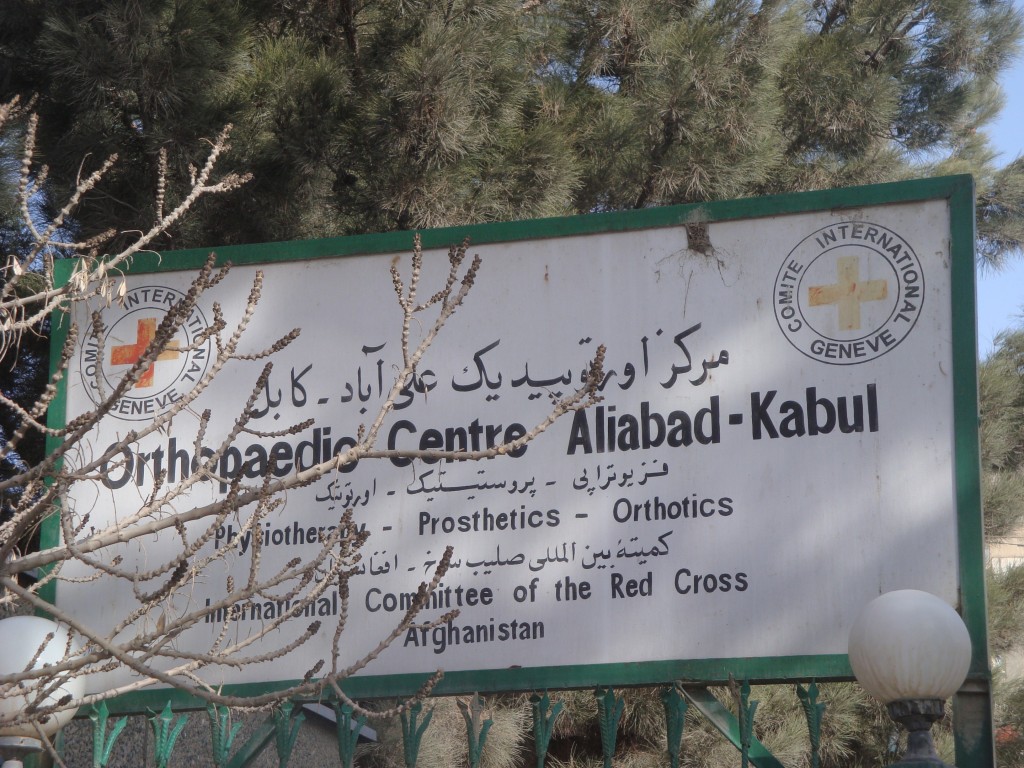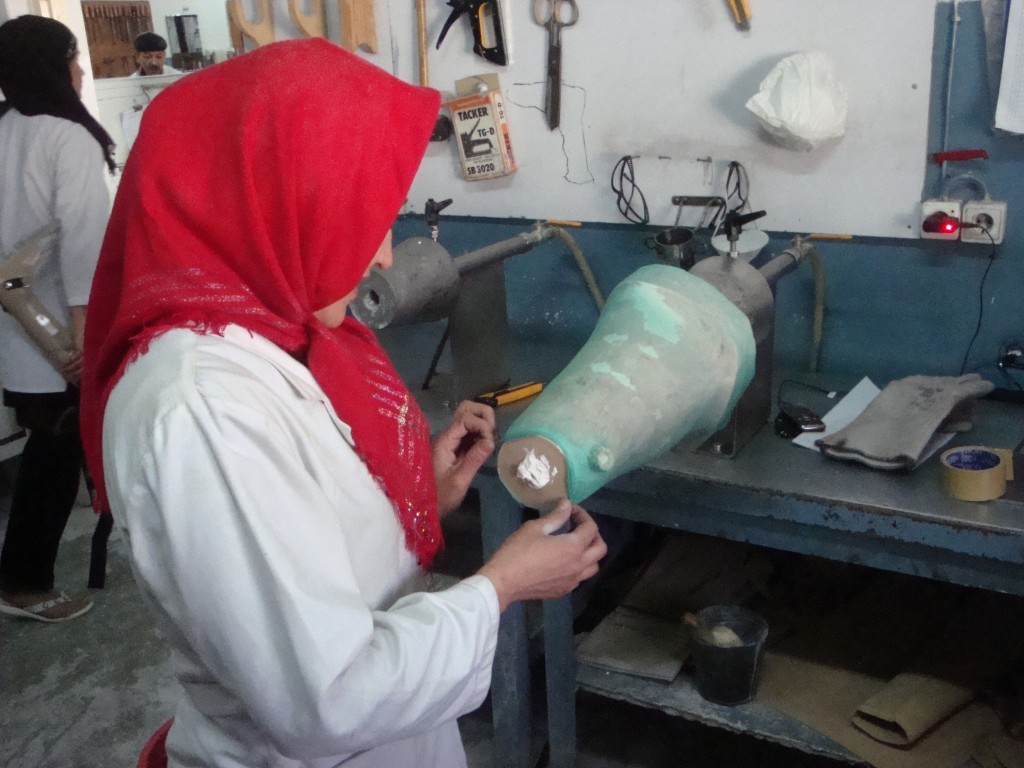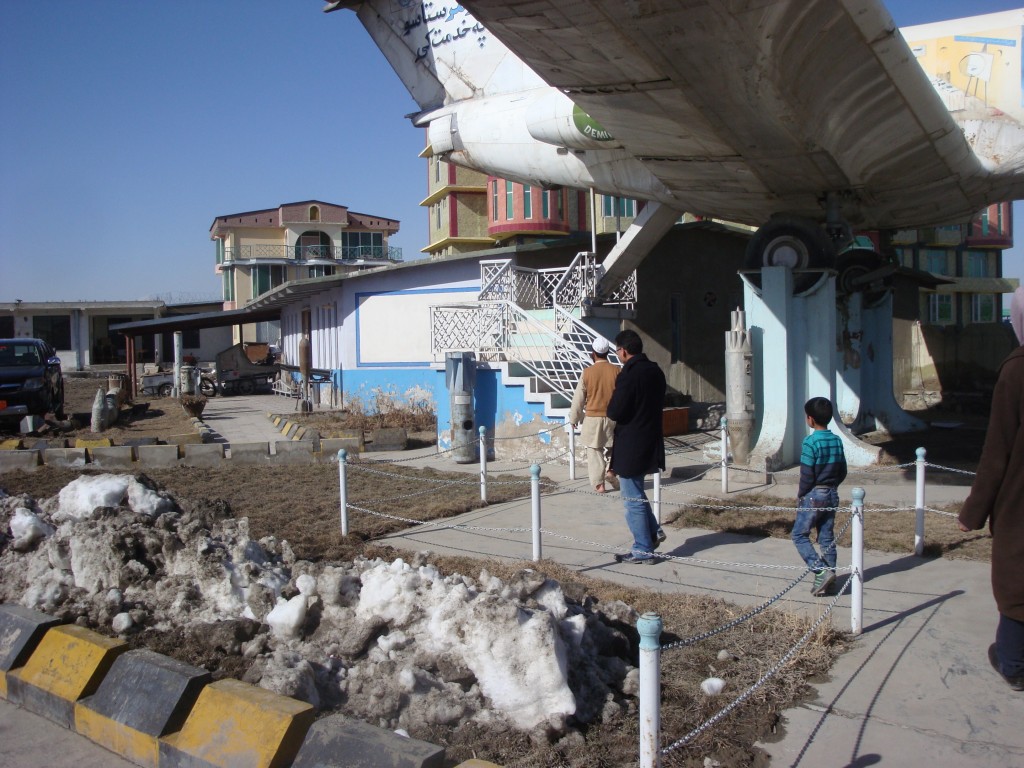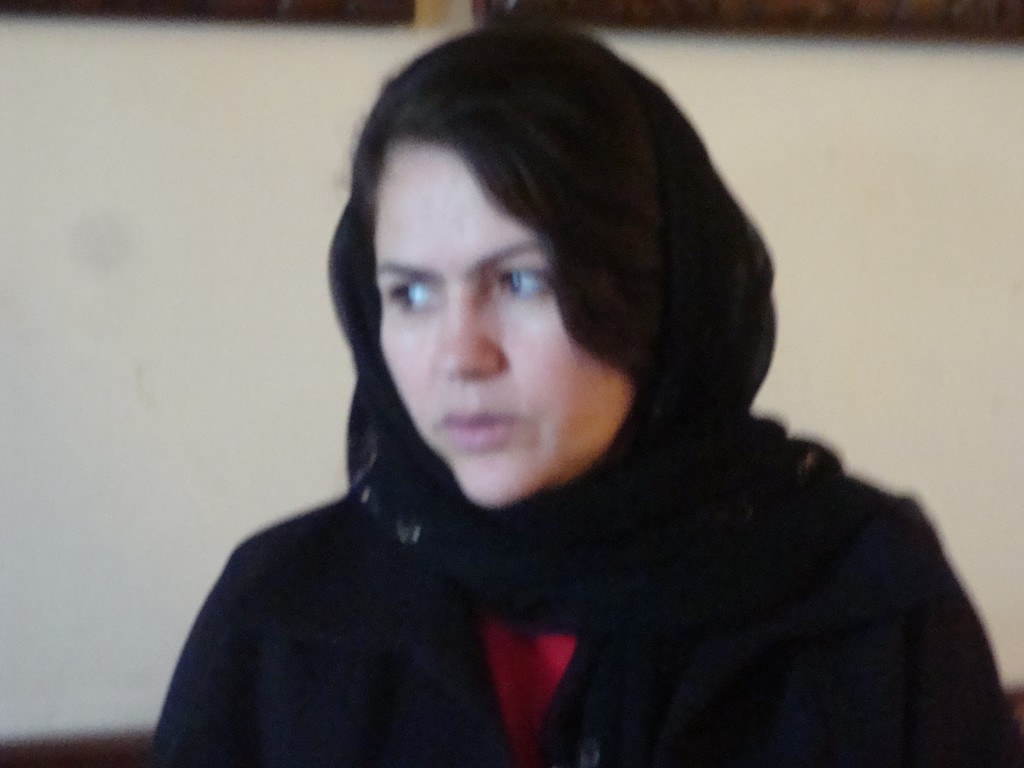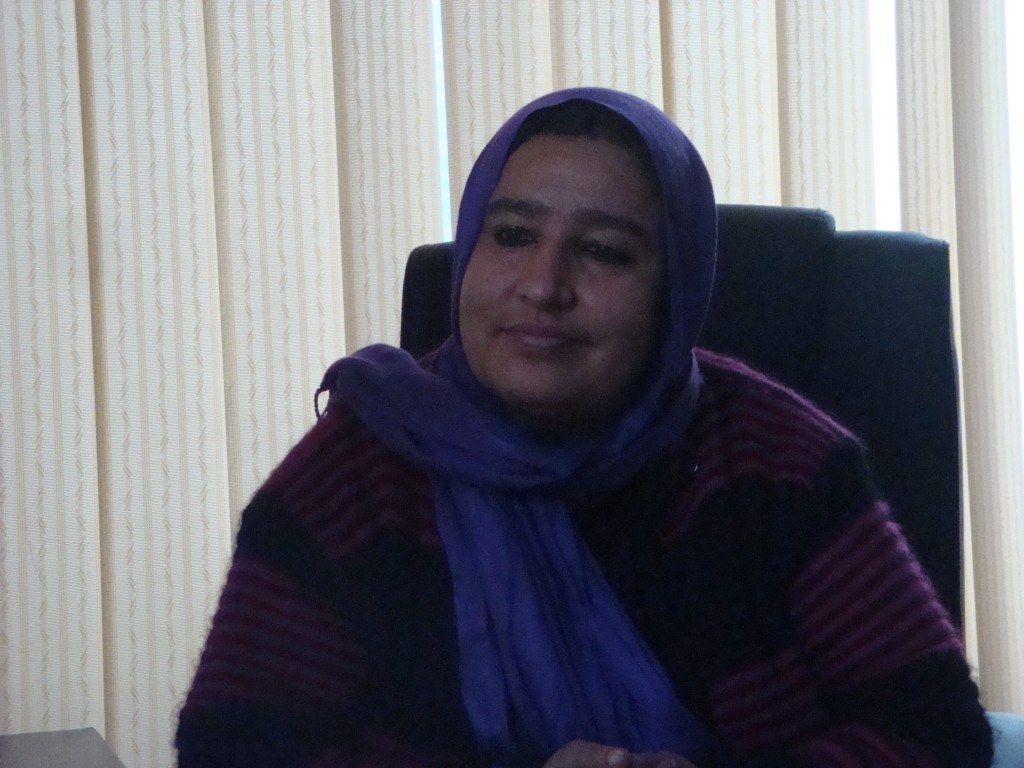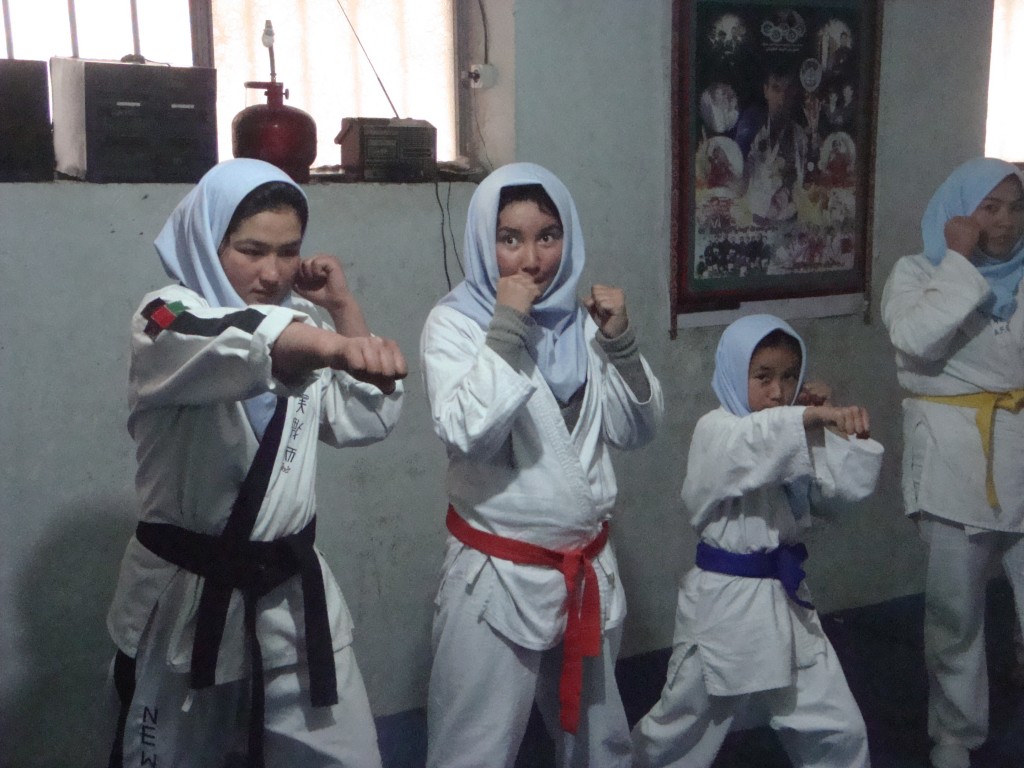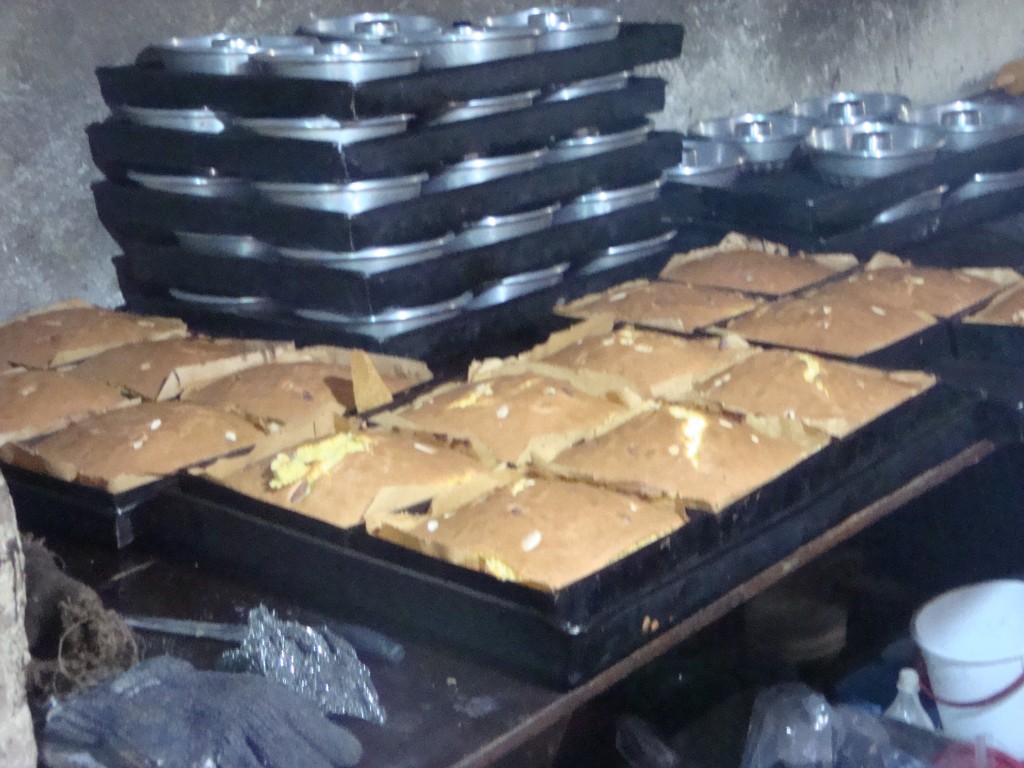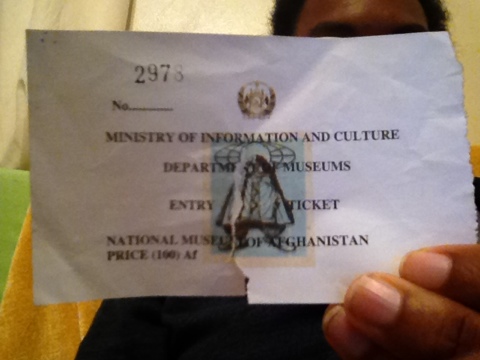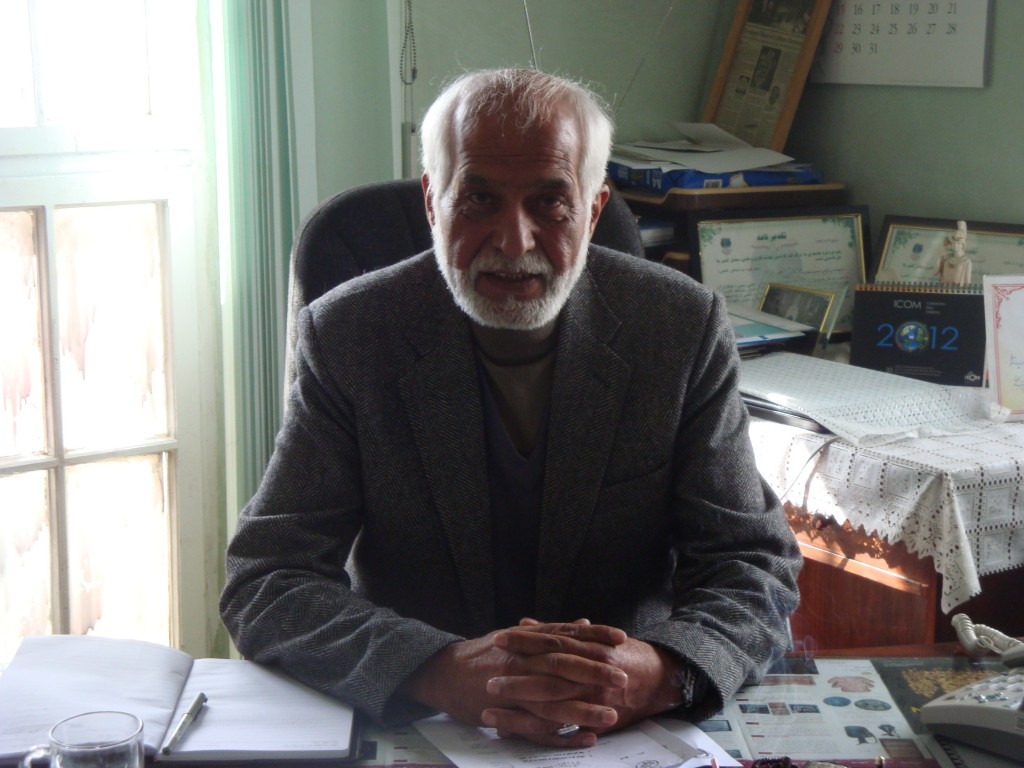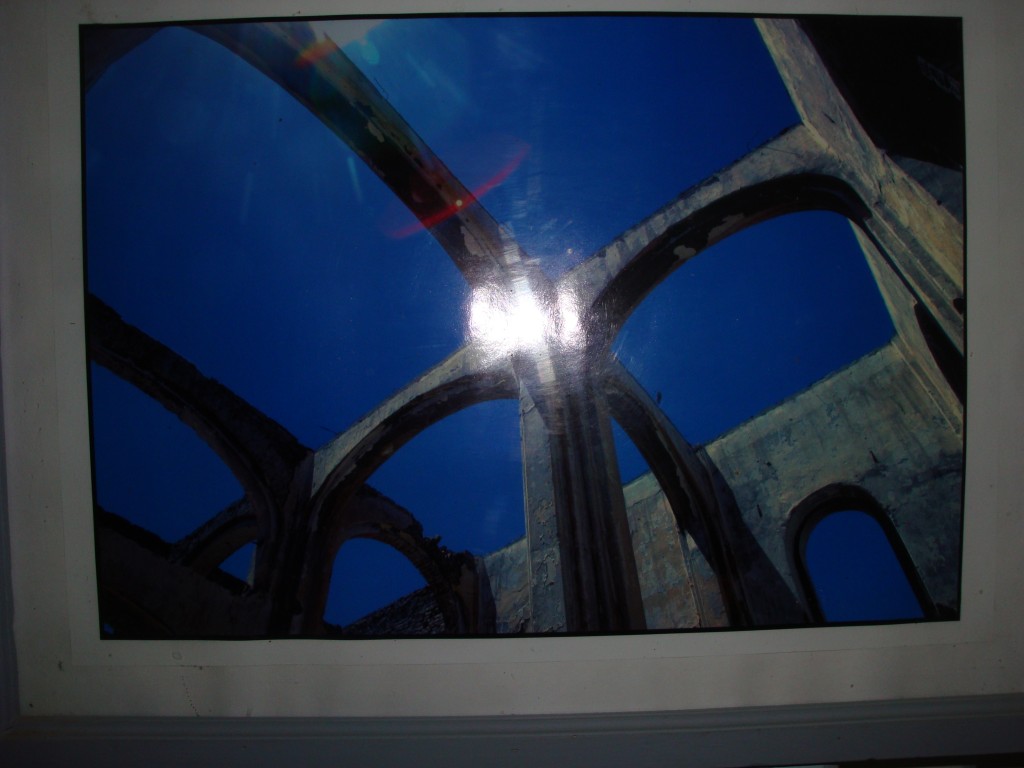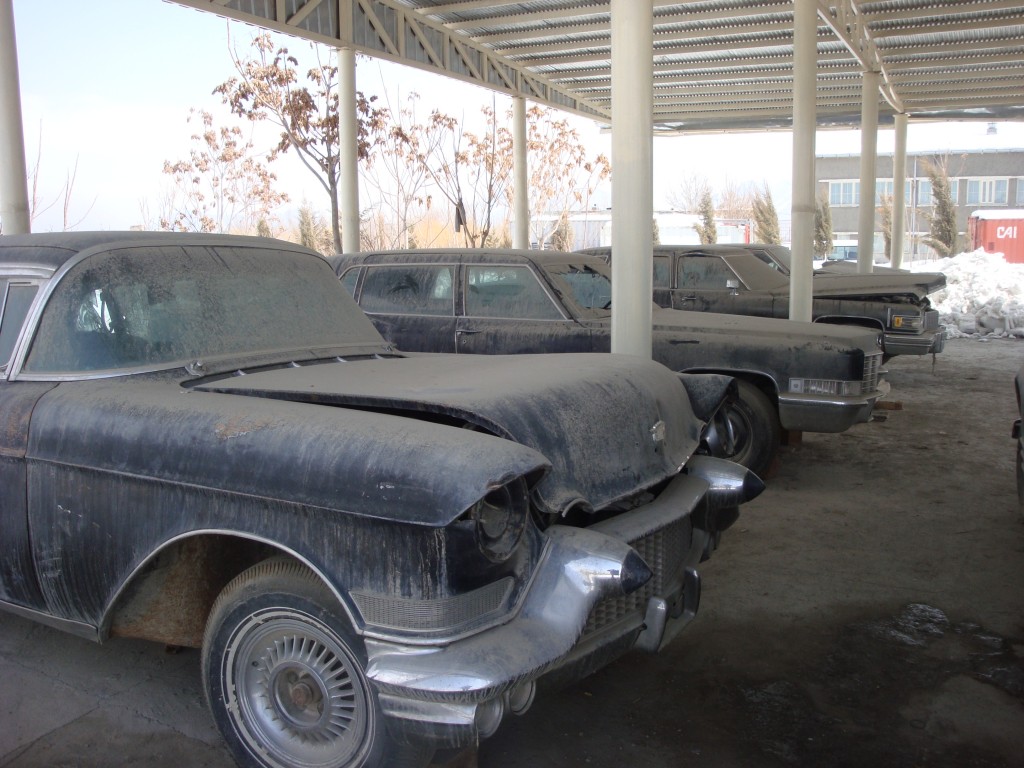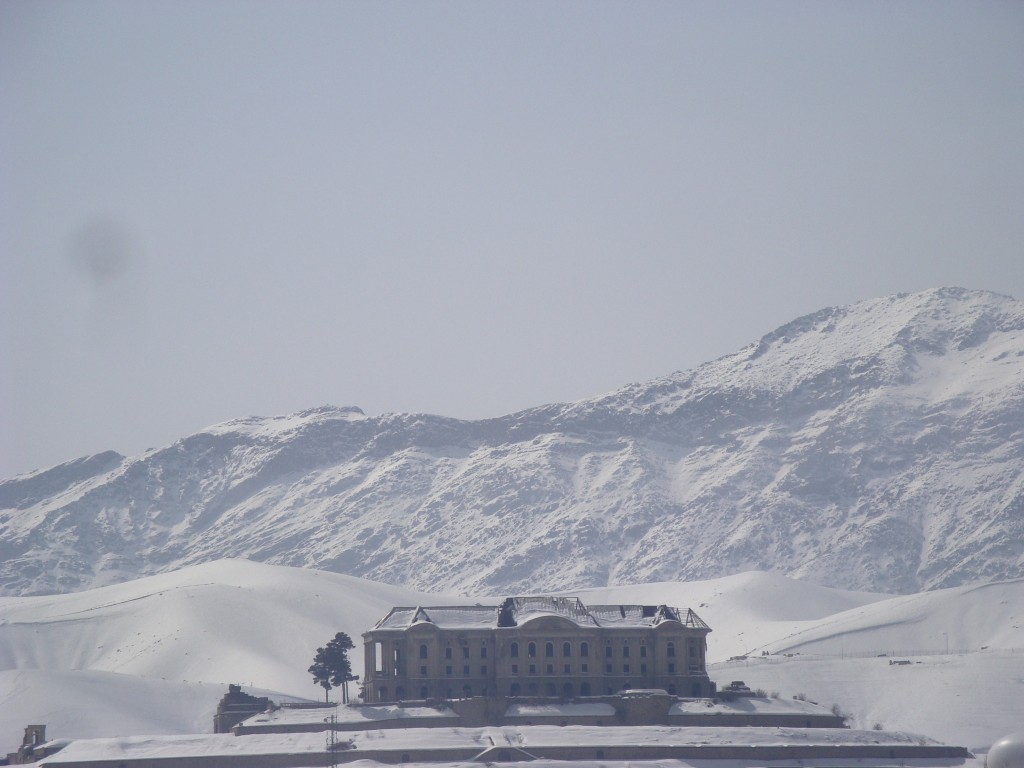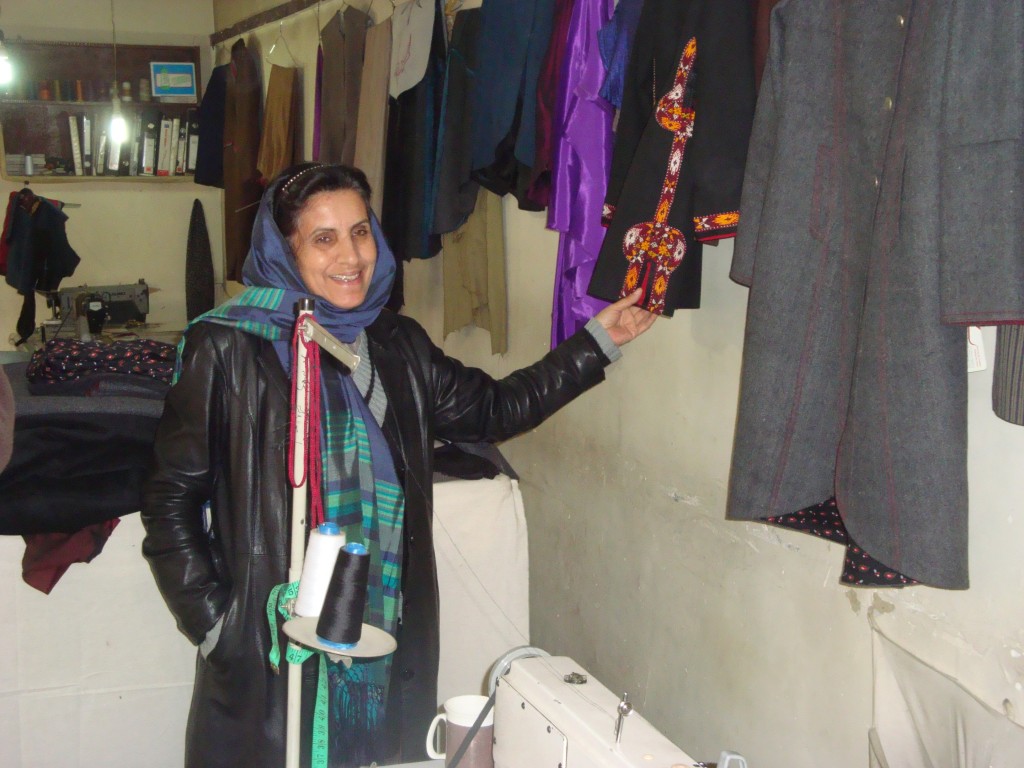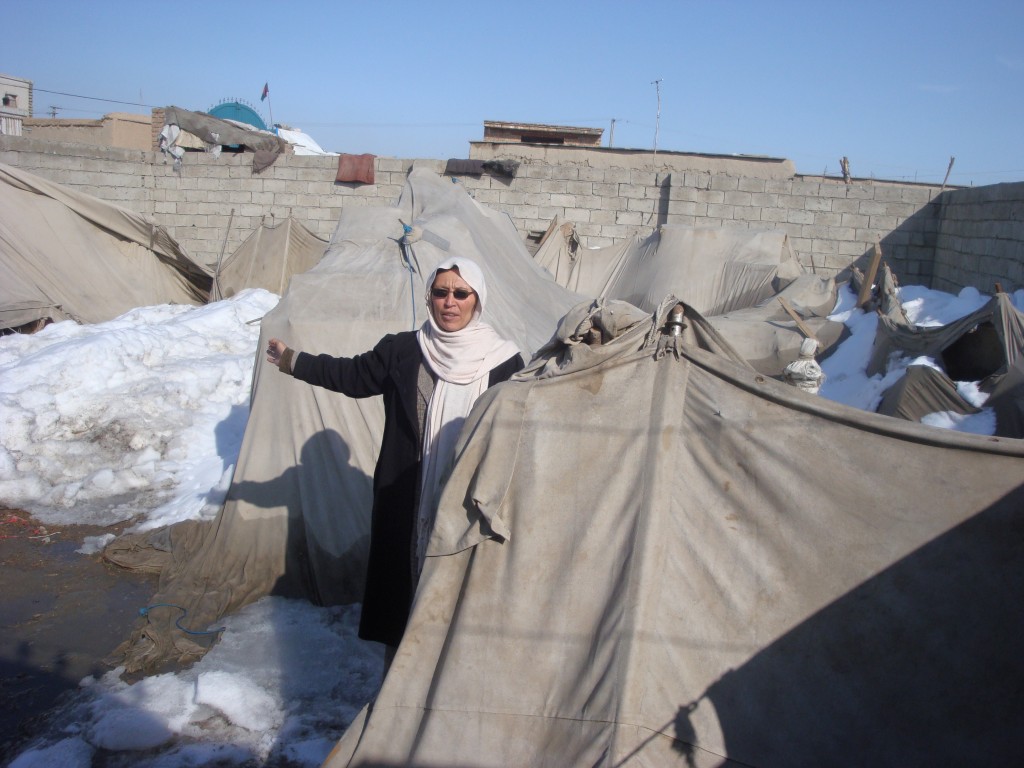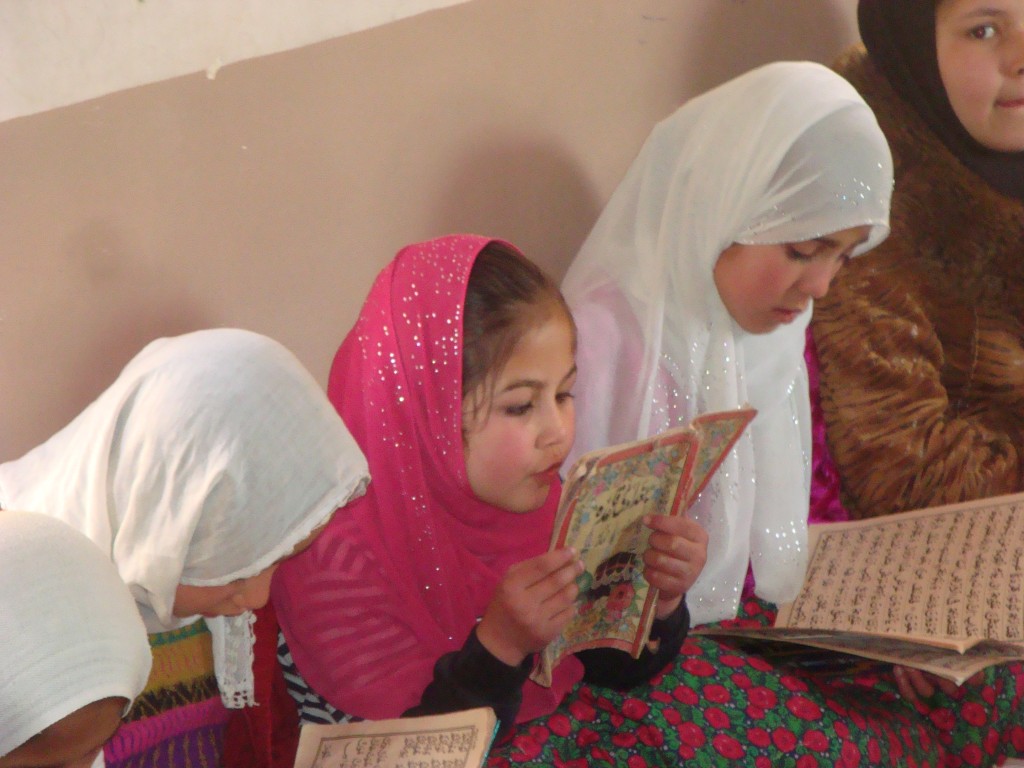Lately I’ve been thinking about education, the Russian and I had a heated discussion this weekend about it, she’s starting school again after winter break and I’m applying to a masters program. Also, it has been in the news because of President Obama’s recent State of the Union speech. Lack of access to education, I feel, is one of the biggest global problems. I don’t have any solutions right now, but I wanted to express my gratitude towards the people and institutions who contributed towards mine:
My mom is the one who filled out all the financial aid forms growing up, and taught me how to make the system work for me. She has worked, and continues to work tirelessly to make sure her children get the chances she didn’t get. My mom’s (now) husband started this blog for her which is probably worth checking out (if you didn’t grow up within earshot of my mother): Zen of Folding
The branch of the Oakland Public Library by my house was influenced by the Black Panther movement and the Black Muslims in the neighborhood. Without all those books about little black girls I am sure I wouldn’t have the confidence to achieve what I have so far. (Bill Cosby explains what can happen when you don’t get this kind of enforcement: A Boy Like Me)
Addendum 5-27-12: This branch was the African American Museum and Library which later moved to downtown Oakland. Explains a lot.
The Crowden School was my first summer camp. I met the Russian there and I learned that I could make music too (it wasn’t just for big kids like my brother).
A shoutout to A Better Chance (ABC), for paying for my testing, my first trip to a college campus (USC), and helping students of color get a fair shake.
The East Bay French American School
was where I learned the French language, French culture, and as my mother says, where I learned to hate French people.
Head-Royce
Middle School sucks. It sucked for me, and it sucked for a lot of others, but without it, none of us would have any soul. And if I hadn’t hated middle school so much I never would have ended up at my high school.
Interlochen Arts Camp
was awesome, my first sleep away camp. I won the ‘Honor Camper’ award and played in piano quintet, piano for 10 hands. My first experience of a humid summer where I got stung by all manner of mosquitos for the first time. My scholarship there was sponsored by Kellogs. Thanks for the corduroy knickers!
Walden
a music composition camp in New Hampshire. I got the best music theory education, made some great friends and wrote a couple pieces of music. Not bad for a 12-year-old.
Putney
little Putney, my hippie farm school. When I heard that Seventeen Magazine came to do a profile on the school and the students protested their body image perpetuation, I was sold. I couldn’t really have gone anywhere else.
Center for Talented Youth
really should been called Center for Privileged Youth, if I remember correctly you have to take a pretty expensive test to get in. But the scholarship I got there was all-inclusive, they told me if there was a pair of flip flops that everyone had, and I couldn’t afford (Havaianas anyone?), that they would help me pay for them. I had been at Putney for a few years though, so I was pretty anti-consumerist.
Summer Intensive Language Study
(SILS) at Northfield Mount Hermon; it looks like this program is now defunct, which is a bummer. By now you can probably tell that my mother believed that summers were a time for learning, not lazing. If we weren’t taking a class over the summer, we were supposed to get a job.
University of Chicago
Where fun goes to die. I was cold, miserable and well educated.
Mellon Mays Undergraduate Fellowship
When I went in to interview I went on a long rant about how I didn’t believe in affirmative action and I hated teaching, how did I get this fellowship?
After finals in Chicago I began calculating how much money I had been given by these institutions over the years and it came out to over $500,000. I don’t have enough money to pay it back yet, but hopefully the things I learned will help me earn enough to pay it back soon.
There are many ways we rationalize the bounty we all receive in our lives but first and foremost I’d like to say just say “Thank You”. I feel very lucky to have had these opportunities.
That said, I hope these institutions feel lucky to have had me as well. All that money I got for being a poor black girl doesn’t negate the fact that I am a poor black girl with all that entails (though I’m working on the poor part). A friend once suggested that I’ve repaid the money I was given in unpaid diversity photo-ops and other marketing. In addition, I worked hard for my scholarships, maintaining a GPA, trying to be a model minority since I was the only black person for miles, and being the only black person for miles, these tasks aren’t easy for anyone, especially a young person.
I tend to think that someone’s sex, race, socio-economic background, religion, age, etc. is about as important as their shoe size, but I wouldn’t think this way if it weren’t for my education, which I got because people thought otherwise. We should live in a world that doesn’t need affirmative action, but we don’t.
p.s. I also like to think I got into some of these places because I’m smart, but who knows.
